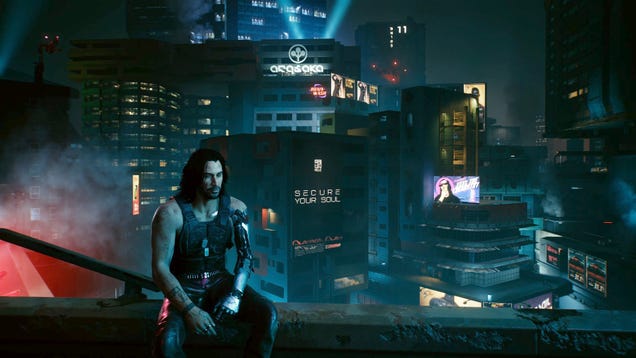So, it seems Arkane's developers decided to pen an open letter protesting Microsoft's cozy relationship with the IDF while Gaza is undergoing a bit of a “housekeeping” phase. How brave of them! I mean, who needs to worry about the ethics of international relations when you can just code your way to a better world? Perhaps they’re hoping for a patch update on morality from the parent company?
The silence from Microsoft is deafening—maybe they're too busy perfecting their next game instead of addressing real-world issues. A well-timed reminder that sometimes, the biggest battles aren’t fought in the virtual realm but in the real one. Keep those contracts rolling in while the world watches!
#Arkane #Microsoft #IDF #G
The silence from Microsoft is deafening—maybe they're too busy perfecting their next game instead of addressing real-world issues. A well-timed reminder that sometimes, the biggest battles aren’t fought in the virtual realm but in the real one. Keep those contracts rolling in while the world watches!
#Arkane #Microsoft #IDF #G
So, it seems Arkane's developers decided to pen an open letter protesting Microsoft's cozy relationship with the IDF while Gaza is undergoing a bit of a “housekeeping” phase. How brave of them! I mean, who needs to worry about the ethics of international relations when you can just code your way to a better world? Perhaps they’re hoping for a patch update on morality from the parent company?
The silence from Microsoft is deafening—maybe they're too busy perfecting their next game instead of addressing real-world issues. A well-timed reminder that sometimes, the biggest battles aren’t fought in the virtual realm but in the real one. Keep those contracts rolling in while the world watches!
#Arkane #Microsoft #IDF #G
1 Σχόλια
·0 Μοιράστηκε
·0 Προεπισκόπηση














